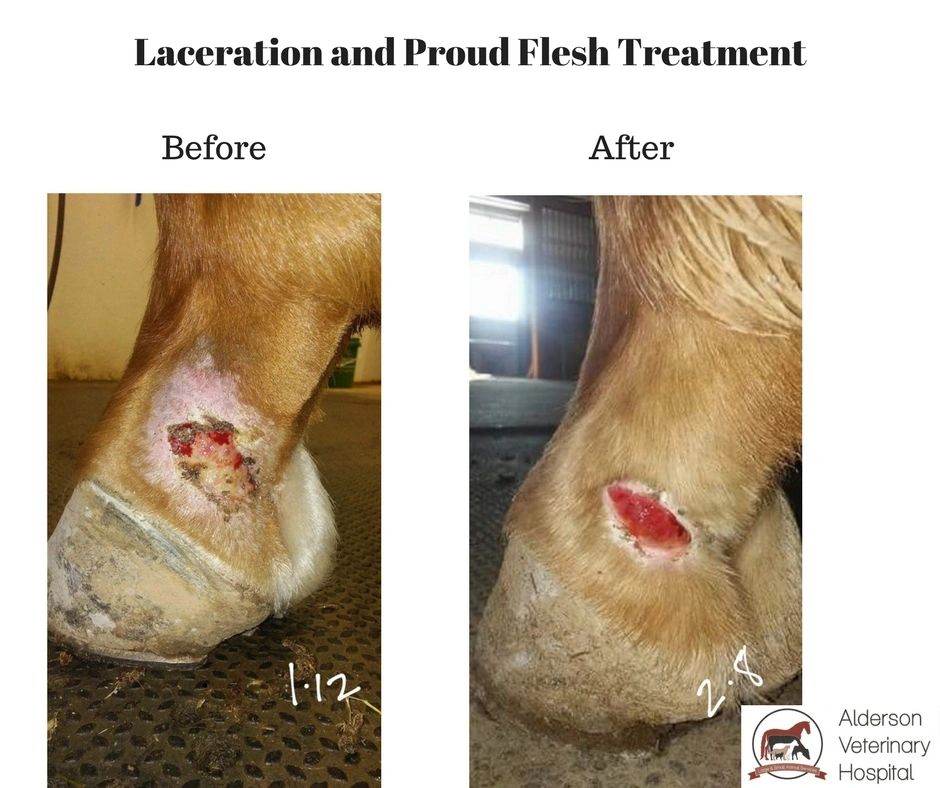Assessing the Effectiveness of Laser Treatment in Equine Therapy for Injury Rehab
The evaluation of laser therapy's effectiveness in equine injury rehab rests on multiple factors, consisting of recovery time, pain mitigation, and cells regrowth. Clinical researches recommend remarkable enhancements in conditions like tendonitis and osteoarthritis, connected to enhanced mobile feature and elevated ATP production. Vets regularly observe exceptional results with laser treatment contrasted to conventional techniques, placing it as an important component in equine treatment. However, the necessity for constant monitoring and personalized therapy strategies can not be overemphasized. What particular scientific proof sustains these cases, and just how do vets apply these methods in technique?
Recognizing Laser Treatment
Laser treatment has ended up being a critical tool in vet medication, especially in the therapy of equine problems. Understood for its non-invasive nature and efficacy, laser therapy entails the application of details wavelengths of light to boost cells fixing and lower swelling. This restorative technique is progressively favored for its ability to increase the recovery process in horses struggling with a range of musculoskeletal injuries and chronic problems.
The main device behind laser therapy is its capability to improve mobile functions. Furthermore, laser treatment promotes vasodilation, improving blood circulation and oxygen distribution to damaged tissues, therefore quickening recovery.
In equine medicine, laser therapy is especially beneficial for conditions such as tendonitis, osteo arthritis, and injury healing. The method is lauded for its pain-relieving homes, permitting steeds to regain wheelchair and feature more rapidly. Veterinarians also appreciate its very little adverse effects contrasted to other treatment modalities, making it a trustworthy and secure option for equine care.

Exactly How Laser Treatment Works

Upon absorption, these photons activate a series of biochemical modifications, boosting mitochondrial function and bring about raised adenosine triphosphate (ATP) production. This surge in ATP accelerates cellular metabolism, promoting cells repair service and regeneration. Additionally, laser treatment regulates inflammatory responses by affecting cytokine levels and decreasing oxidative anxiety, consequently easing discomfort and swelling.
One more substantial aspect of laser therapy is its function in enhancing microcirculation. The therapy advertises vasodilation, enhancing blood flow and oxygen shipment to broken cells (Equine Therapy). This assists in the elimination of cellular particles and sustains the spreading of fibroblasts and collagen synthesis, crucial for injury recovery
Clinical Proof
The efficacy of laser therapy in equine treatment has been confirmed through different medical research studies, showcasing its web healing potential across an array of conditions. Numerous controlled trials and observational researches have actually documented considerable enhancements in cells repair service, pain reduction, and total rehabilitation timelines. A research study performed by Turner et al. (2012) showed that horses treated with low-level laser therapy (LLLT) for tendon injuries displayed sped up recovery contrasted to those obtaining conventional treatments. The research study highlighted a marked decrease in swelling and boosted collagen development.
In a similar way, research by Johnson and associates (2015) focused on equine muscular tissue injuries, exposing that laser therapy considerably sped up muscle fiber regrowth and reduced muscular tissue stiffness. Professional evaluations have actually shown that laser treatment can minimize chronic conditions such as osteo arthritis.
Veterinarian Insights

Vets additionally appreciate the flexibility of laser therapy. She directs out that laser treatment can be customized to the certain demands of each steed, making sure ideal end results.
In addition, vets value the capacity to integrate laser therapy with other treatment modalities. This multimodal method can improve general therapy effectiveness, supplying a thorough remedy for equine recovery. Such recommendations from experienced professionals underscore the expanding approval and application of laser therapy in equine medication.
Practical Factors To Consider
An essential aspect click to investigate of applying laser therapy in equine treatment entails recognizing the useful considerations that guarantee its effectiveness and safety. It is essential to pick the proper laser device, as numerous types vary in wavelength, power, and penetration deepness. Veterinarians have to be skilled in these parameters to tailor therapy procedures efficiently to each injury type
Moreover, the regularity and duration of laser treatment sessions need cautious planning to make the most of healing benefits while decreasing any type of possible unfavorable results. Regular monitoring of the steed's response to treatment can assist necessary modifications in the treatment routine. Establishing a risk-free and regulated atmosphere throughout therapies is also important to avoid unintended exposure to laser discharges, which can damage both the horse and the handler.
Educating and qualification of personnel administering laser therapy are vital to guarantee correct strategy and to copyright safety requirements. In addition, maintaining accurate records of each session, consisting of laser settings and observed results, is vital for examining the general effectiveness of the therapy and for making data-driven choices.
Final Thought
Laser treatment has actually emerged as a reliable technique in equine injury rehabilitation, supplying considerable benefits in recuperation time, pain alleviation, and tissue recovery. For ideal results, constant monitoring and customized treatment methods stay essential in leveraging the complete see this page potential of laser treatment in equine care.